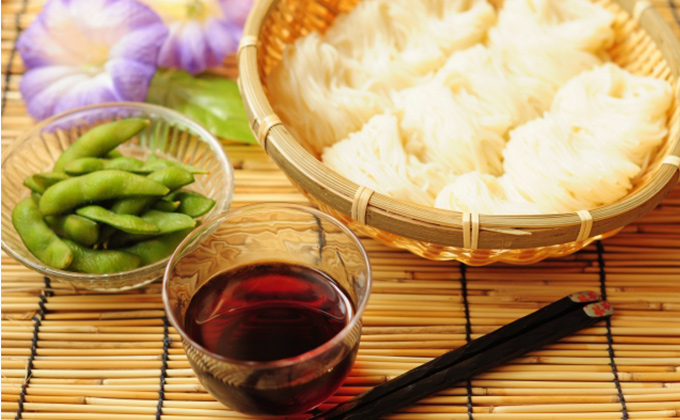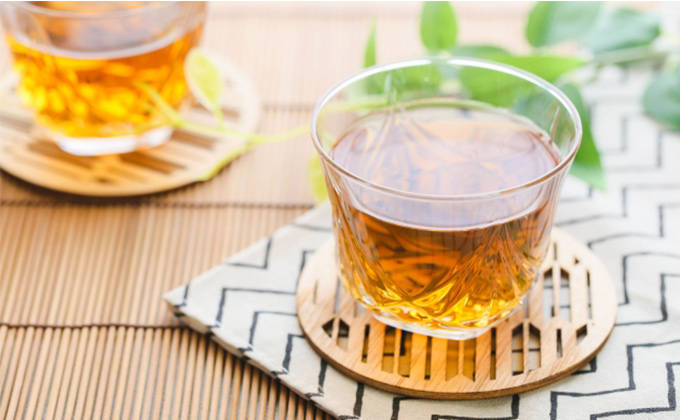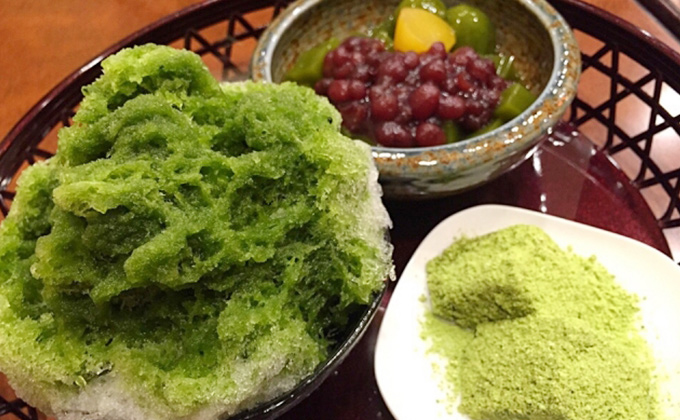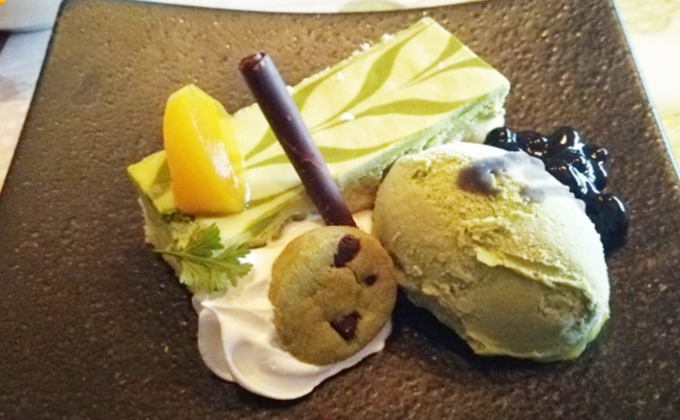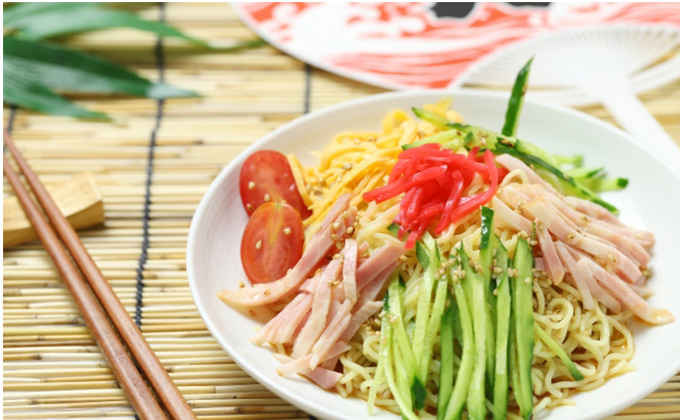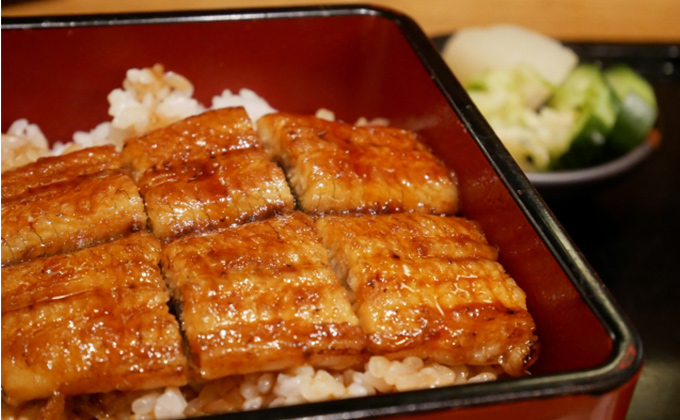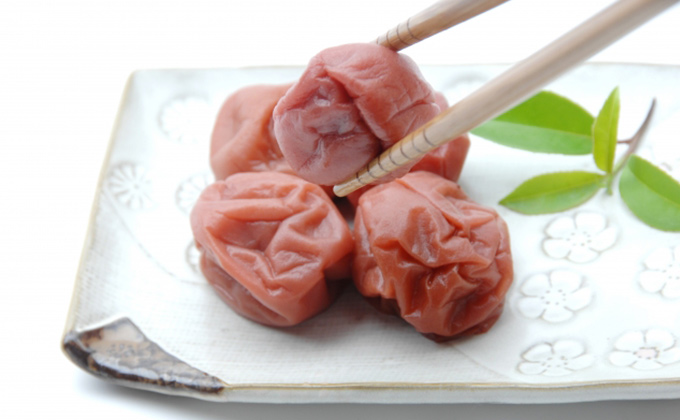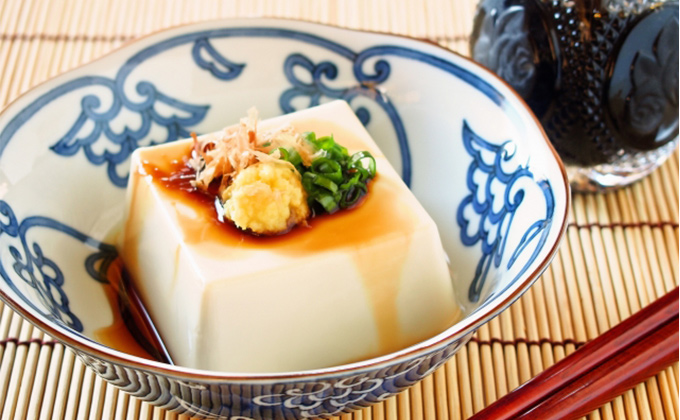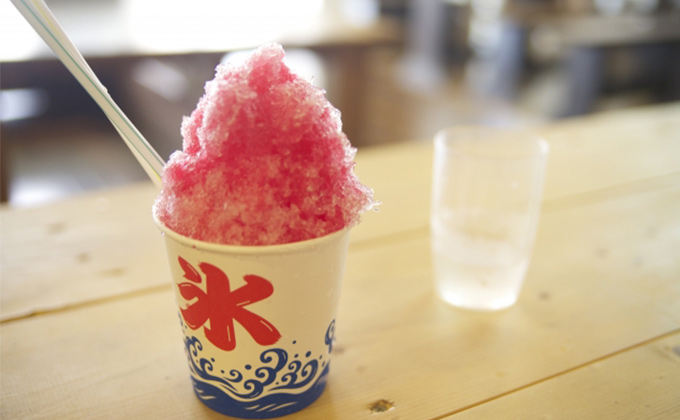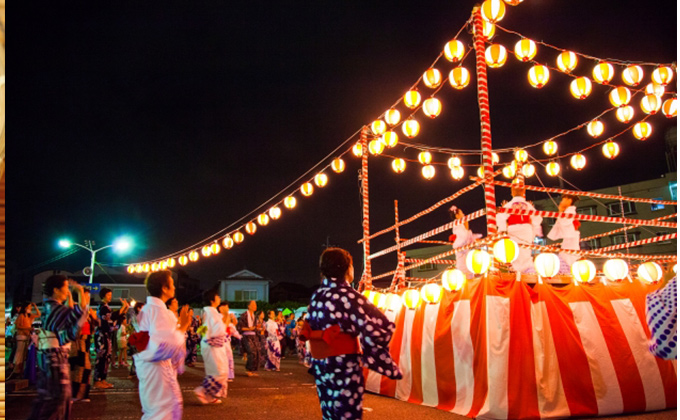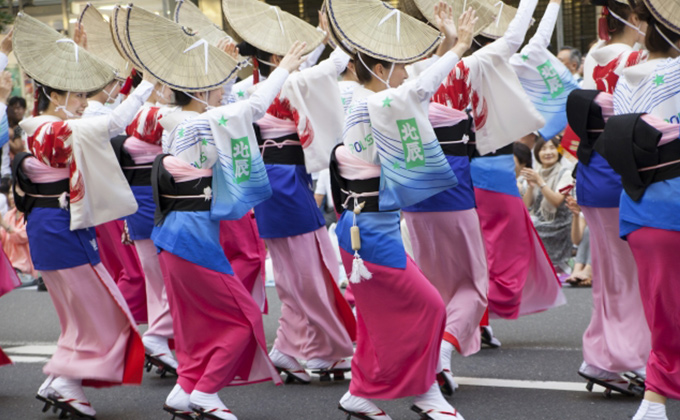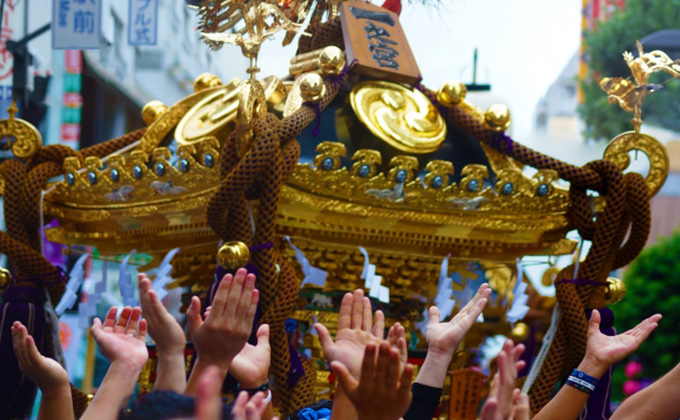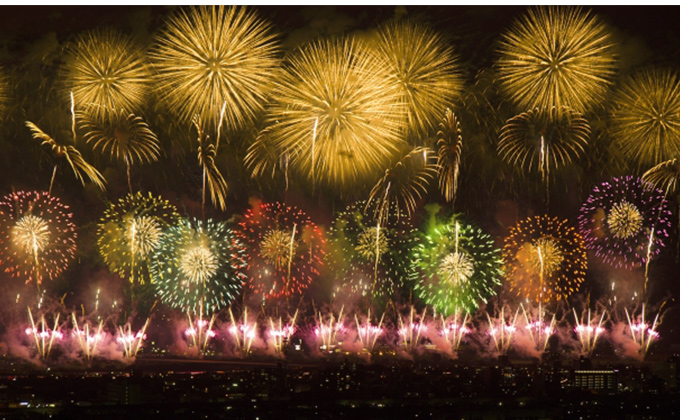TRG Info and Advice
Gearing Up for a Japanese Summer, Part 2 Food and Festivals
Now that you’ve picked up a few tricks for managing your sweaty surroundings, it is time to delve into two subjects that are extremely close to my heart…
Nourishment for the Heat!
Mugicha or barley tea is one of the most popular summer drinks in Japan. Sold in any convenience store or vending machine, and often served free with your meal in a restaurant, this caffeine-free beverage is safe and delicious for everyone. Barley is known for its cooling properties, so get your own internal air-con on!
For those who are exerting themselves in the summer heat, sports drinks like Pocari Sweat or Aquarius are also good for replenishing those minerals lost through sweat. Pediatricians recommend thinning these beverages with water for children, however, as they contain relatively high levels of sodium.
For those who love to imbibe, beer gardens are the place to be in summer, and the heat makes the bubbly stuff taste even better! Look for Japanese domestic brands like Echigo’s Flying IPA and Yo-Ho’s Yona Yona or Suiyoubinoneko: https://yohobrewing.com/e/. Chilled sake (ohiya) served in square wooden cups is also extra delicious thanks to the humidity. Or how about a highball with some authentic Japanese whisky? Throw an umeboshi (pickled plum) in your shochu (malt liquor) for a lactic-acid removing health bonus! https://www.nippon.com/en/views/b01716/umeboshi-the-health-secrets-of-japan%E2%80%99s-sourest-fruity-treat.html
Cafés which have perfected the art of iced green tea, iced coffee and everything in between can be counted on for a mental and physical boost. Green tea centered dessert buffets are all the rage these days, so try to find one in time for your snack break! https://jw-webmagazine.com/best-matcha-dessert-buffets-in-tokyo-4a698efab5ae
One invigorating, ‘specially-for-summer menu item you can expect to see is cold noodle dishes made with udon (thick, wheat), soba (buckwheat), soumen (thin, wheat) and ramen. These refreshing forms of nourishment come with such a variety of toppings and sauces you could try a different dish for lunch every day and barely put a dent in your choices. From sweet to savory to spicy, this meant-to-be-slurped-up fare can even be found sliding down a bamboo gutter (nagashi-soumen), so eating is not only an act of nourishment, it’s an adventure!
https://www.japan-experience.com/to-know/chopsticks-at-the-ready/nagashi-somen
Another famous, albeit slightly expensive, summer dish is unagi (grilled river eel). Eel is eaten to replace essential nutrients lost during the heat, or to provide stamina for summer-induced ennui. Enjoyed in a variety of ways, such as laid across a bed of rice and sprinkled with some sansho (Japanese herbal pepper), or simply skewered, unagi is an auspicious dish to try, especially on the Day of the Ox (usually mid-July).
For vegetarians, summer is a great time to explore the world of tsukemono (pickled vegetables)! Spicy cucumbers, tiny whole eggplants, and sour red turnips are great condiments for a big fat bowl of rice. And don’t forget the Queen of Pickles: umeboshi plums (the sourest thing you may ever eat!).
Or how about some melt-in-your-mouth silken tofu cakes topped with grated ginger, chopped scallions and soy sauce? Served unapologetically chilled, and combined with hot rice and pickles, hiyayakko (cold tofu) is crucial to a perfectly balanced meal. If you are a pesco-vegetarian, make sure to get some dried bonito flakes sprinkled on top, too.
Don’t forget dessert (I would never!). Kakigori is a Japanese shaved-ice concoction that has been perfected over centuries, and now exists in so many flavors and combinations that you will be hard-pressed to stop at one. Festival-goers will see snow-cone vendors with colorful bottles of syrup standing at attention and a line of children hopefully gripping their money. Those looking for more sophisticated flavors should seek out traditional shops with ice-shaving machines that have been around for generations and toppings (like adzuki sweet bean paste with glutinous rice balls and mattcha sprinkles) that will blow your mind! https://gurunavi.com/en/japanfoodie/2016/06/kakigori.html?__ngt__=TT0f74e12b9002ac1e4ae62bFc-vZDM5kdAFV24EumG5Rp
Find a Festival and Throw Yourself Into It!
Japan is good for a festival any time of year, but summer is the pinnacle. Most take place during the months of July and August, and feature folk dancing, interesting traditions and impressive firework shows!
To “do as the Romans do” and really feel like you are immersing yourself in the experience, start with the clothing: a yukata or jimbei. These traditional summer outfits not only help you blend in (or stand out, if you prefer), they also make fantastic souvenirs. Many shops provide instruction in how to put them on, too. https://www.timeout.com/tokyo/shopping/where-to-buy-a-yukata-in-tokyo
Once you look the part, find a model folk dancer and copy his/her movements as closely as you can. If you are in the countryside, you may find that many of these traditional dances take place in a circle, around a live band on an elevated platform. Those that take place in the street, parade-like, may be harder to mimic. Koenji Awaodori Festival is famous for its lively dance parade. Originally a Tokushima event, the name has become synonymous with fun, and therefore, adopted by places all over Japan. Here is info about one in Tokyo:
http://www.koenji-awaodori.com/language/eng.html
If you are hoping to witness crazy behavior as well as cool off, head to the Fukugawa Hachiman Festival. You can see scantily clad people carrying super-heavy portable shrines and getting drenched with water thrown by spectators! The late August timing of this five day festival with multiple events is perfect. For more information check out https://www.japanistry.com/event/fukagawa-hachiman-festival/
(The image is for illustrative purposes only.)
Summer festivals wouldn’t be complete without a fireworks finale. Set to music, reflected in a river or over the sea, and carefully orchestrated, Japanese firework shows are destined to impress. For those in the Tokyo area, try to catch the traditional “battle of fireworks” at the Sumida River Fireworks Festival: https://tokyocheapo.com/events/sumidagawa-fireworks-festival/
For those with a little more time to travel, consider venturing to Nagaoka in Niigata. This elaborate and emotional firework extravaganza was originally started to honor those killed in WWII and is now considered one of Japan’s top three shows: https://travel.gaijinpot.com/nagaoka-fireworks-festival/
More recently, music festivals with both domestic and international performers are gaining popularity in Japan. If you’re intrigued by the irony of traveling halfway around the world to see your favorite hometown band on a Japanese stage, or just want to see what a music festival named after the great Mt. Fuji is like, then make your way to Fuji Rock. Headliners like the Chemical Brothers and Sia, as well as those further down on the list like the Red Hot Chili Pipers, are sure to make you boogie your heat blues away. Here’s all you need to know and then some: https://blog.gaijinpot.com/fuji-rock-festival-2019-lineup-announced/
Bottom line, don’t let the heat get to you. If nothing else, embrace it with mental prowess! Tell yourself how good sweating is for your body, including benefits of detoxification, regulating internal organ function, even healing cuts and scrapes, and just let your sweat glands flow. https://www.longevitylive.com/live-better/benefits-of-sweating/
To return to Part 1 of this article, please click here.






